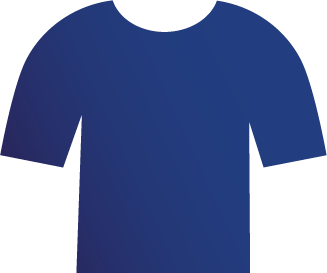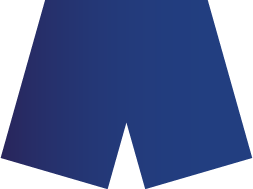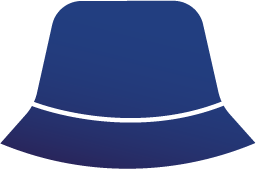The apparel & footwear PEFCR in more detail
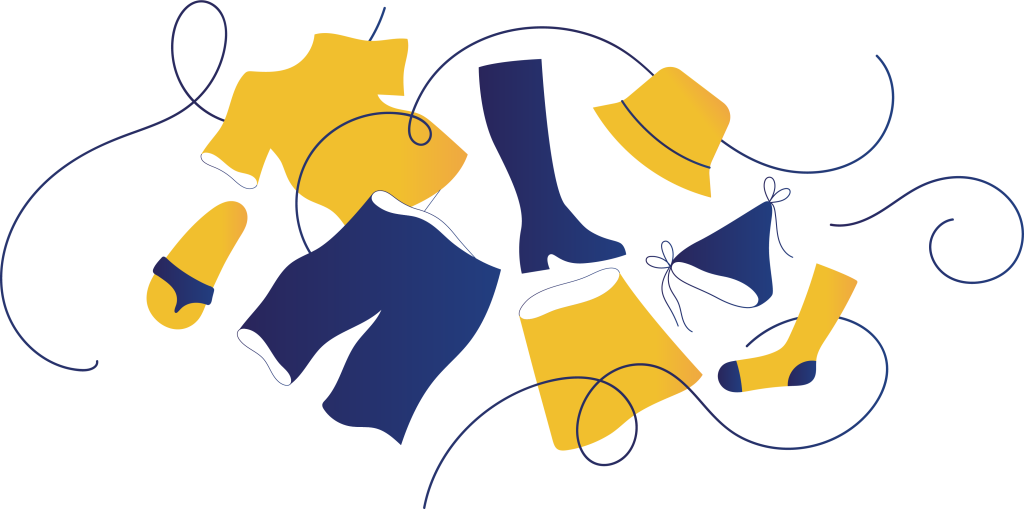
What products will be covered by the PEFCR?
The apparel & footwear PEFCR covers all categories of garments and footwear within 13 sub-categories of products.
What other important factors are considered in the PEFCR to improve the environmental footprint of apparel & footwear?
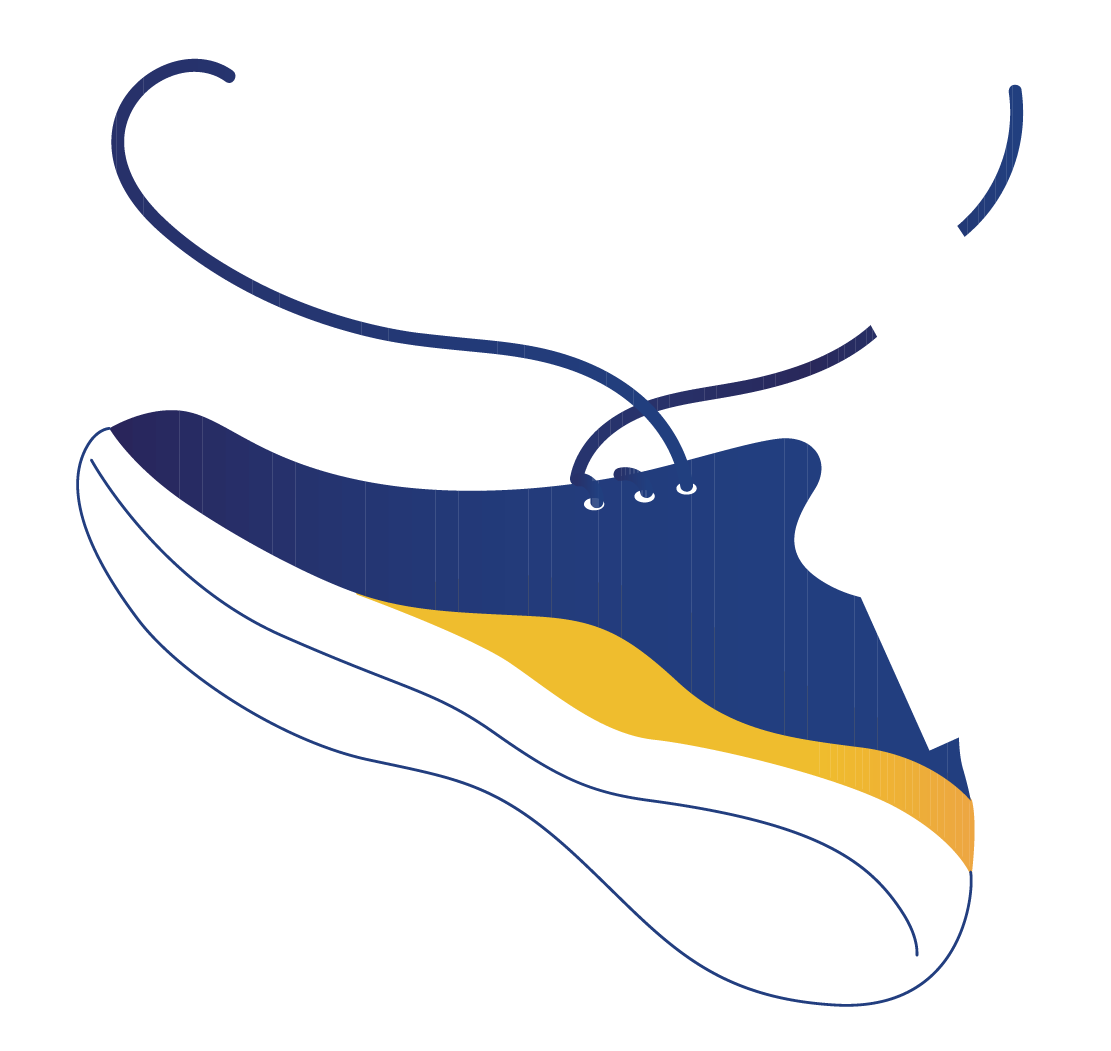

> Circularity
PEFCR provides rules to assess circularity in two cases:
- If the product uses recycled materials.
- If the product is recycled after use, should it be turned into new garments or used for any other purpose.
> Durability
Durability is key to extending the life of apparel & footwear products and thus improving their environmental impacts. It refers to the lifespan of a product and how many times it can be worn given the properties of the different fibres, the resistance (e.g. sole abrasion), and product appearance (e.g. pilling, or colourfastness testing).
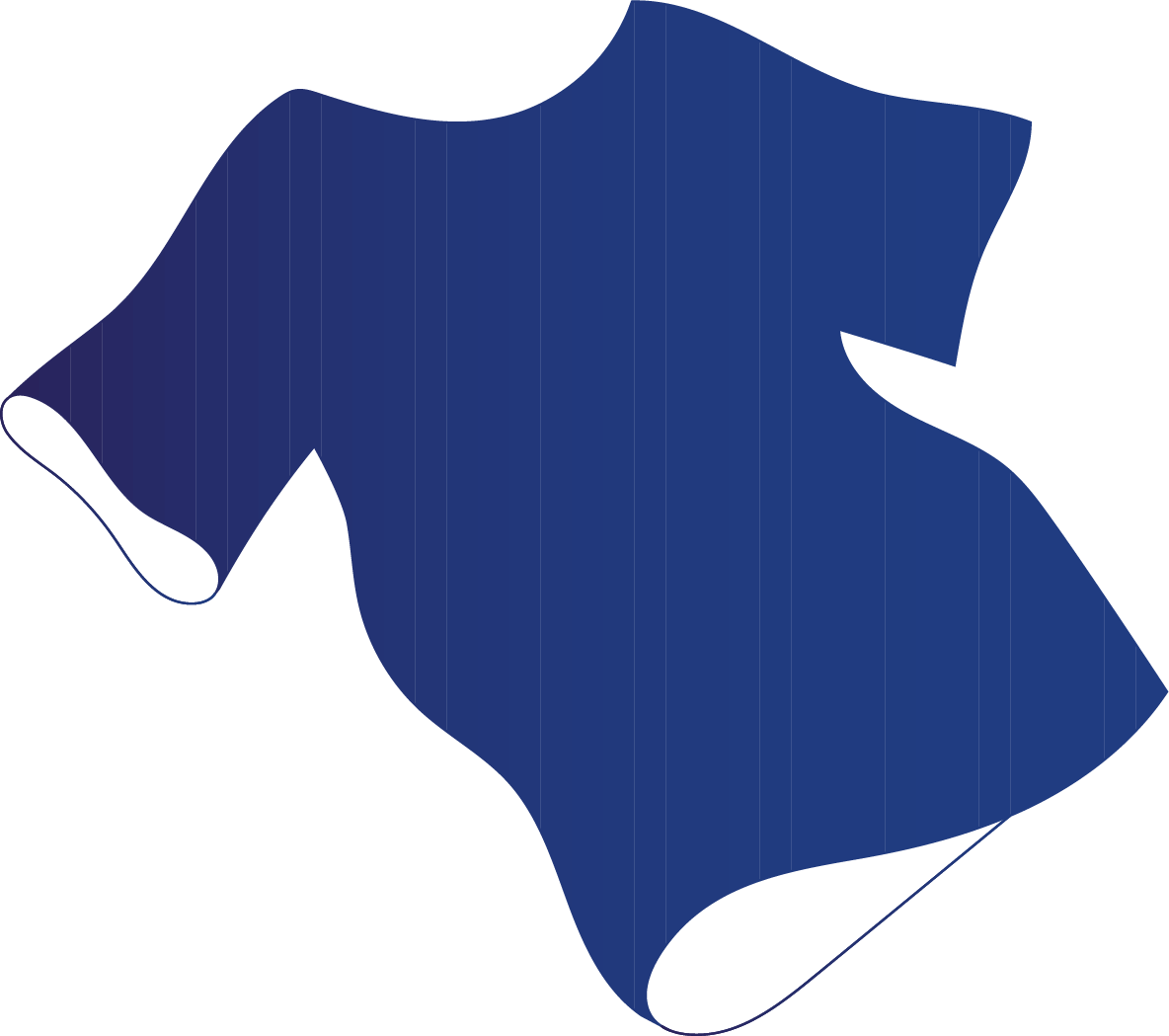

> Durability
Durability is key to extending the life of apparel & footwear products and thus improving their environmental impacts. It refers to the lifespan of a product and how many times it can be worn given the properties of the different fibres, the resistance (e.g. sole abrasion), and product appearance (e.g. pilling, or colourfastness testing).

> Repairability
Repairability helps extend the lifetime of a product and maintain it in good condition to be worn longer, considering its care, its capacity to be repaired (e.g. buttons, zippers, snaps…), and the existence of repair after-sales services. Repairability promotes reusability and eco-design practices.
The PEFCR is tested on real products by companies (Supporting Studies), and feedback will be incorporated in the updated version of the PEFCR before being submitted to the second public consultation.
What other aspects are currently not included in the PEF methodology and why?
However, the Technical Secretariat and the European Commission are very aware that additional environmental impacts such as microplastics are not part of the PEF methodology. However…
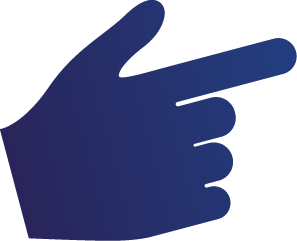

…The PEF methodology will continue to evolve to meet these requirements as scientific data and evidence are made available.
…Wherever possible, the apparel & footwear PEFCR will try to cover these issues in the interim.
…You can challenge the method by providing feedback during the public consultations.





> Microplastic pollution
The methodologies to assess microplastic pollution and plastic leakage are still under development. The PEFCR is considering options to include this aspect in future versions of the PEFCR before the final Commission.

> Biodiversity
The PEF method includes at least eight impact categories that have an effect on biodiversity, such as climate change, aquatic freshwater eutrophication, aquatic marine eutrophication, terrestrial eutrophication, acidification, water use, land use, and freshwater ecotoxicity. However, currently there is no impact category named “biodiversity” as no international consensus exists on a life cycle impact assessment method capturing that impact. Further research work needs to be done to fully characterise and model biodiversity. A sub-group set up by the Commission is expected to provide a technical recommendation in 2022 to integrate biodiversity issues better.

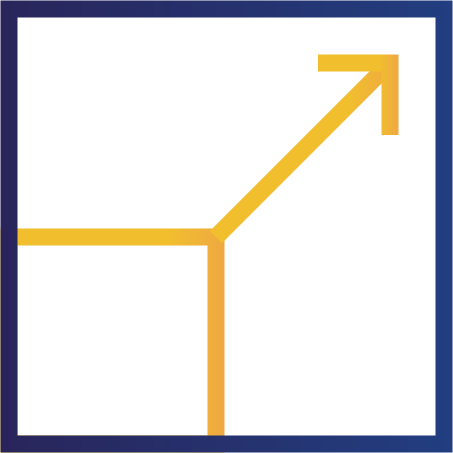

> Scalability
This is crucial to ensure that the whole apparel & footwear sector and all its partners can adopt the PEFCR as quickly as possible. Recognising this, the Technical Secretariat will be challenging the European Commission.
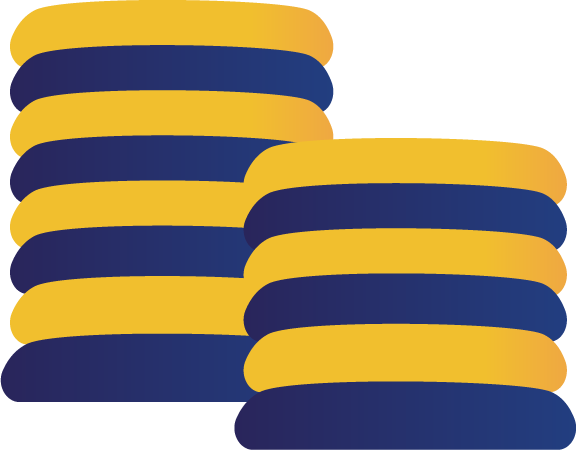

> Volumetric
As the PEFCR is product-focused, the quantity of products put on the market by brands is not evaluated in the current version of the rules. It does not take into account the environmental footprint of the company, which would include the number of collections produced.
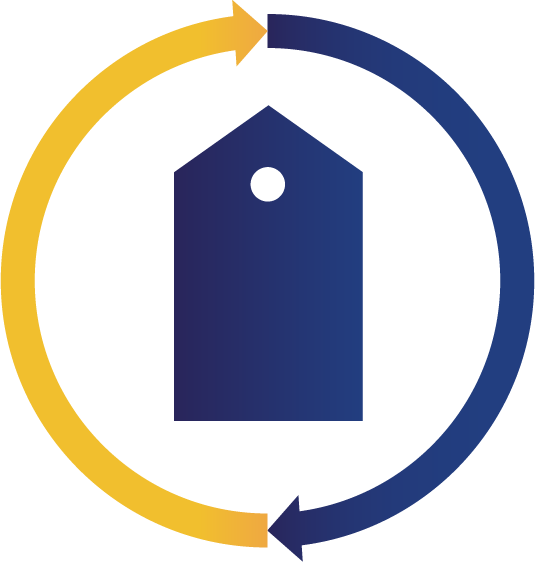

> Second-hand labelling
The PEF method calculates the impact of products for their entire lifetime until they cannot be used anymore. In that respect, it doesn’t look at the number of users but solely focuses on how long the product itself can be used. For example, it is estimated that a t-shirt can be worn 45 times, which could be:
- 45 uses with the same user;
- 20 uses with a first user, and 25 uses with a second user after the t-shirt has been donated for reuse.
The Technical Secretariat is awaiting guidance from the Technical Advisory Board on how to display a different label for a first-hand or second-hand product as this difference cannot currently be made. The PEFCR will be updated accordingly.
What data will companies need to provide?
Companies will be required to collect and report two types of data:
> Primary data
Company-specific data provided directly by companies or indirectly from suppliers (i.e., product-specific and supply chain-specific data)
> Secondary data
Industry averages such as statistics or other published production data that are not directly collected, measured, or estimated by the company. The PEFCR provides default values when required, and generic datasets can be sourced from the European Commission’s Environmental Footprint (EF) 3 database.
Data requirements*
The most relevant stages of the life cycle, as identified following the PEF method, require primary data while secondary data can be used for less relevant life cycle stages.


> Life cycle stage 1
Raw material production (except packaging) type and quantity -weight- per bill of material including trims and material provenance (distance and provenance share).
Examples: composition, origin of production steps, etc.
Raw materials transport
Examples: for each material, mass transported, transport mode, and distance per transport mode (including empty return).
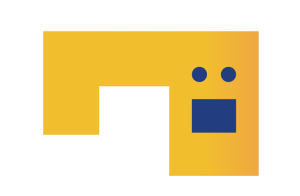
> Life cycle stage 2
Manufacturing
Processes and technologies used (spinning, weaving, dye cutting, and sewing, assembly, etc), specific location, and loss rates.



> Life cycle stage 3
Distribution – air cargo only
If the company exceeds the default air cargo distances or provenance set by the PEFCR by more than 50%.
Other information
Final product weight, deadstock rate, and deadstock fate.
Examples: shares of deadstock landfilled, incinerated, or recycled, and associated recycling pathway.
> Life cycle stage 4
Highly recommended but not mandatory
Use stage – delicate garments identification
Delicate garments are defined as garments requiring dry cleaning only in their care instructions.
Quality or repairability
Examples: durability testing and assessment of repairability services.

*Note that the list of mandatory data and their requirements is likely to change with PEFCR iterations, until the adoption of the final PEFCR in 2024. This section will be updated accordingly. Further information on the source of the data can be found in the Q&A section.
How to leverage the Environmental Footprint (EF) database?
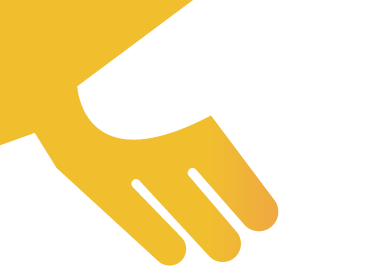
> Industry-partnership
The database is developed by data developers based on literature review and primary data from companies.
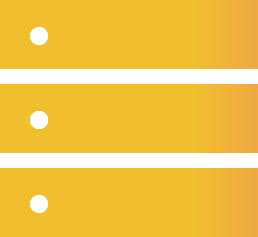
> European Database
The database is verified, validated, and managed by the European Commission and is the only fully EF compliant database.
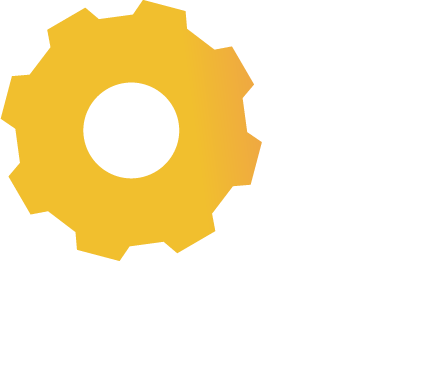
> Status
EF 3 is under development – to be finalised by end of 2022.

> Access
The database initially be free to access when used together with the PEFCR.


